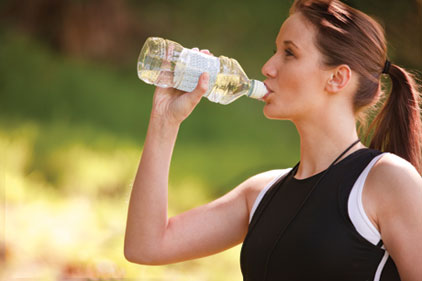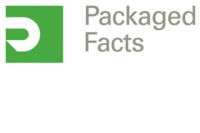Sports Nutrition Rebounding
The sports nutritional products market in the U.S. is returning to form.

Packaged Facts estimates that U.S. retail sales of sports drinks will reach $7.4 billion in 2013, reflecting 6% growth. As was the case with many other beverage categories, the market for sports drinks lost some fizz in 2008 and 2009 as recession-battered consumers pulled back from a wide range of discretionary expenditures. By 2010, however, the recovery of the economy and PepsiCo’s revival of the Gatorade brand led to a rebound in sales in the sports drink category. Nutrition bars, similarly, have experienced improved performance since 2010, posting double-digit growth. Packaged Facts projects category growth at 14% in 2013, for sales of $2.6 billion.
Powered by 77 million users of sports drinks and 28 million consumers of nutrition bars, the sports nutritional market draws a wide and varied group of consumers. According to David Sprinkle, research director for Packaged Facts, “a number of demographic developments create both challenges and opportunities for sports nutritional marketers.”
For example, there are vast demographic and attitudinal differences between those who are high-volume users of sports drinks and those who eat relatively large quantities of nutrition bars. Women lead in the market for nutrition bars: among those who have eaten at least one nutrition bar in the last 30 days, 55% are women. Female consumers of nutrition bars outnumber their male counterparts 15.2 million to 12.4 million, and continue to offer a major opportunity for nutrition bars as well as other sports nutritionals.
In contrast, men account for 64% of high-volume users of sports drinks, and younger men are the most likely to use sports drinks. Yet marketers need to keep their eye on the demographics wheel of fortune: the population of males under the age of 25, their most prized marketing target, will decline over the next decade as the aging of America begins to accelerate.
Moreover, according to Packaged Facts, consumers pursuing individual sports and fitness activities, rather than team sport players, are the key to success in the retail sports nutritional market. When it comes to targeting prime consumers of sports nutritional products, 6.3 million fitness walkers comprise the single largest and most attractive market segment. Those taking yoga classes (1.3 million) as well as those pursuing outdoor activities such as mountain biking (1.5 million) and camping and backpacking (1.2 million each) are more numerous than the soccer, football, softball, baseball or volleyball players using these products.
Looking for a reprint of this article?
From high-res PDFs to custom plaques, order your copy today!




